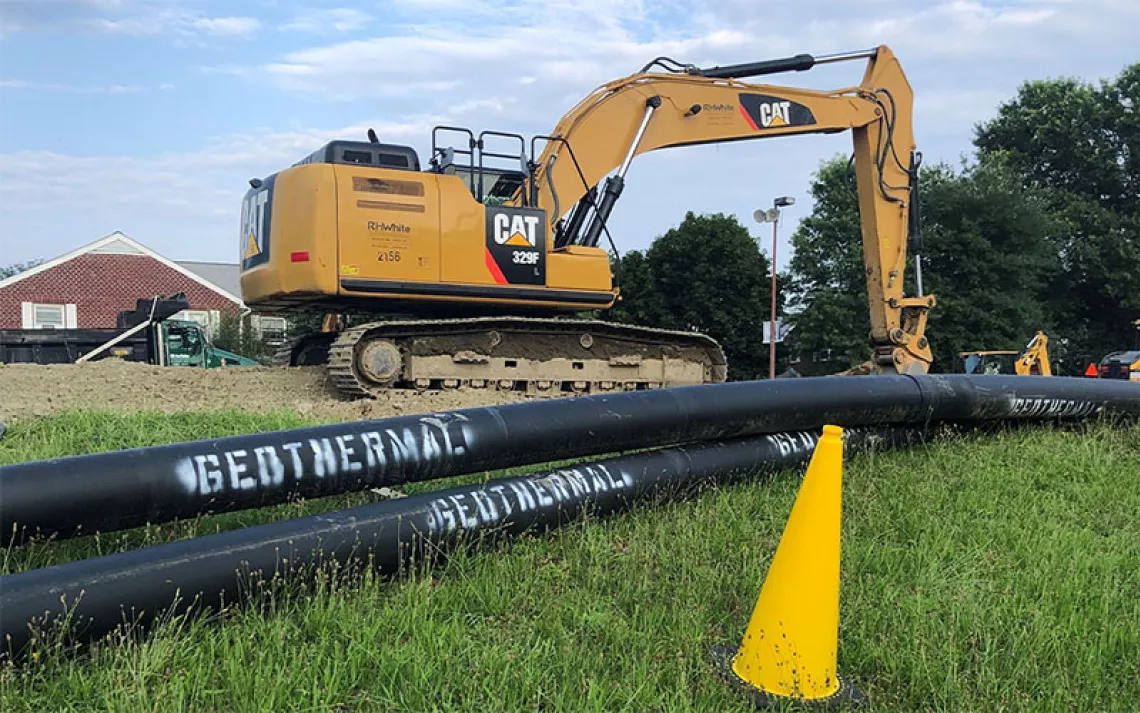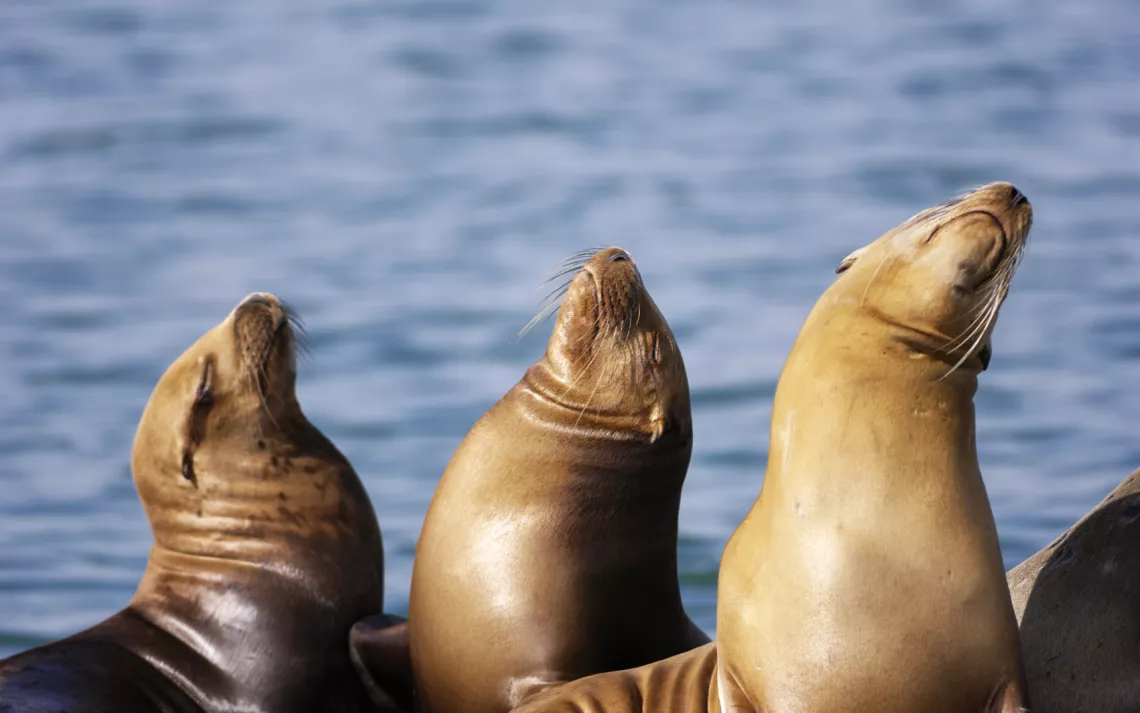To Develop a Head of Steam
Two U.S. companies have joined forces to build utility-scale geothermal plants in months, not years

Infographic by Funnel Inc.; used with permission.
Two U.S. companies have joined forces to build utility-scale geothermal plants in months, not years. Rather than custom-designing each plant, Raser Technologies uses mass-produced air-conditioning components from UTC Power in a modular design, arraying the units side by side like computers linked in a network. The companies recently completed a Utah plant that will supply ten megawatts--enough to power some 7,000 homes--to Anaheim, California, and broke ground on another in New Mexico to provide electricity to Phoenix.

The hot water is pumped up to a heat exchange tank, where it boils another "working" fluid contained in a separate loop. The now cooler water is injected underground for reheating in the geothermal reservoir.
When the working fluid, a refrigerant with a much lower boiling point than water, is heated, it turns to steam. The force of the steam spins a turbine that powers a generator, creating electricity. The steam is converted back to liquid by a cooling tower and condenser. Then the working fluid returns to the heat exchanger in an unbroken cycle.
Relatively speaking, Bernie Karl's hottest sustainability venture is actually pretty cool.
At his Chena Hot Springs Resort about 60 miles from Fairbanks, Alaska, a geothermal power plant supplies electricity to all 44 buildings--from the hotel and cabins to the greenhouses that grow organic produce for employees and guests. Using binary-cycle technology, the plant creates electricity from lower-temperature water than was considered possible. In fact, at 160 degrees Fahrenheit, it may well be the world's lowest-temperature geothermal reservoir used for commercial power production (the water is still 100 degrees warmer than ambient air, enough to generate juice). Since the plant went on line in 2006, Karl says his electricity costs have tumbled from 30 cents to about 6 cents per kilowatt-hour.

Karl and his wife, Connie, pictured at right, purchased the resort in 1998. They also use geothermal water to heat its buildings. For Karl, a native of Peoria, Illinois, who came from a family of 16 children that rarely threw anything away, environmental values are second nature. "We mostly wore hand-me-downs," he says. "Necessity taught me that you need to recycle, so I've been doing it my whole life."
Brimming with salty aphorisms, Karl is passionate about clean energy. "Nature tells you how to do everything," he says. "All you have to do is take your head out of your . . . and open your eyes."
Photos, from top: Shuli Hallak, Gwen Holdmann; used with permission.
 The Magazine of The Sierra Club
The Magazine of The Sierra Club



